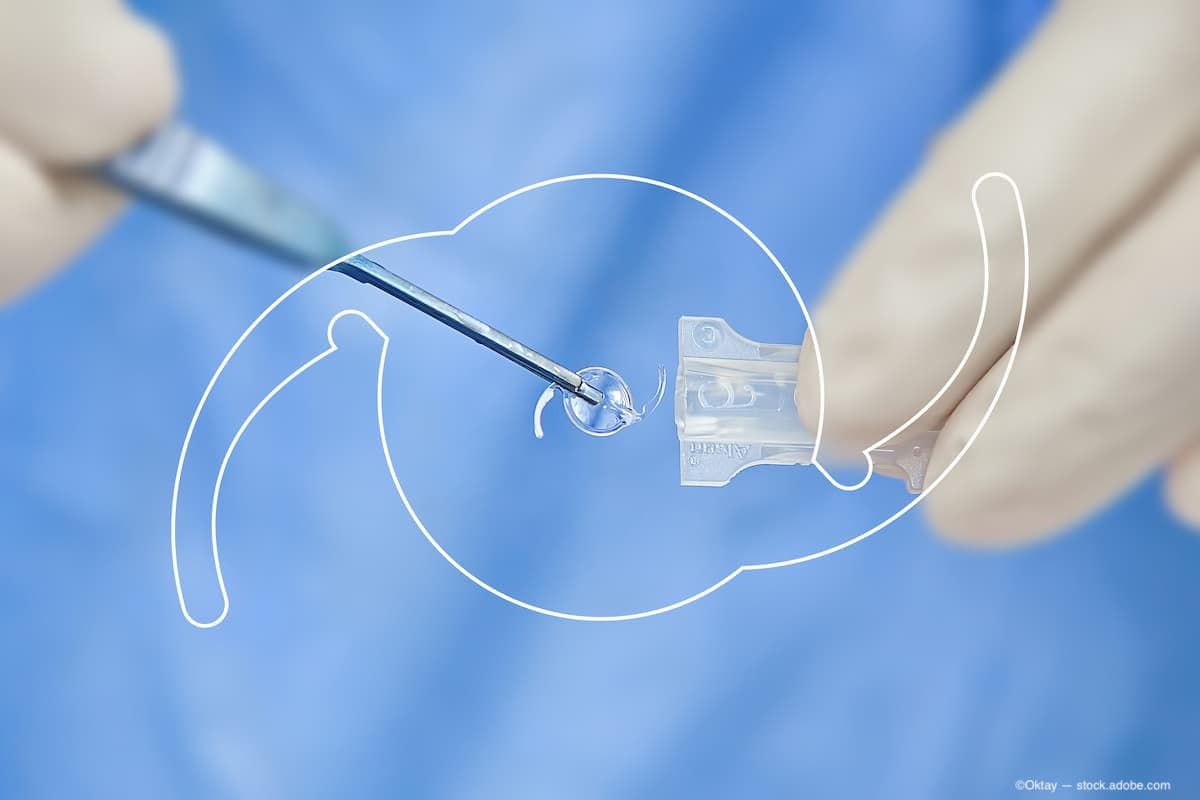Opinion
Video
IOL Calculations for Unique Eye Anatomy
Author(s):
Nicole Fram, MD discusses unique ocular anatomies, such as keratoconus or high myopia, that require specialized intraocular lens (IOLs) selection, highlighting the risks associated with IOLs calculation.
Summary
Nicole Fram, MD specializes in cataract, refractive, and corneal transplantation surgeries. In this series, she addresses challenges in intraocular lens (IOL) selection for complex cases. Fram identifies several challenging ocular conditions, including post-corneal refractive surgeries, long and short eyes (high myopes and hyperopes), and conditions like keratoconus. These cases pose difficulties in achieving precise IOL calculations. For post-corneal refractive surgery patients, Fram notes the challenge of transitioning from a high success rate with LASIK to potentially lower rates in cataract surgery.
The discussion also covers challenges in long-eye patients (high myopes) where surgery can lead to hyperopic outcomes. Short eyes, particularly those with unpredictable anterior chamber depth, present their own set of challenges. Fram delves into the unique challenges posed by keratoconus, ectatic corneas, and radial keratotomy patients. Lastly, Fram emphasizes the importance of considering epiretinal membrane and macular degeneration in IOL selection.
Newsletter
Don’t miss out—get Ophthalmology Times updates on the latest clinical advancements and expert interviews, straight to your inbox.





